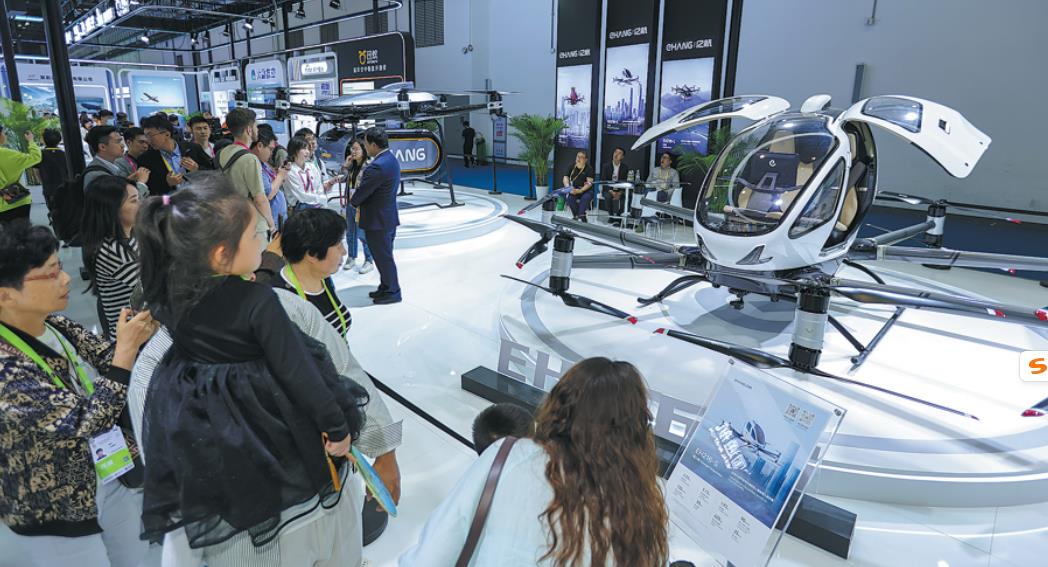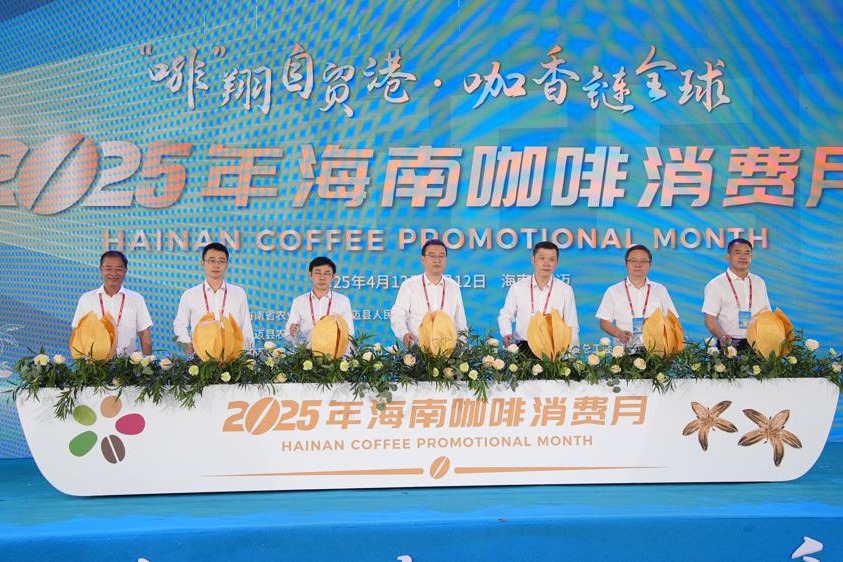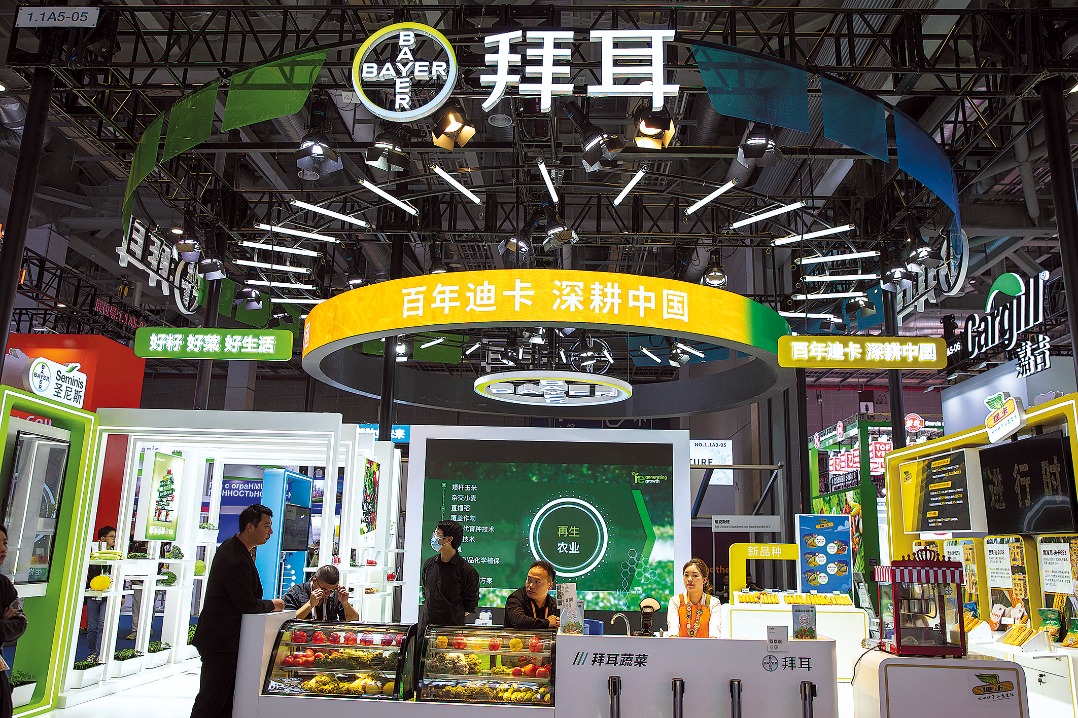Low-altitude economy rising quickly


China's policy support and increased capital spending are propelling its low-altitude economy to potentially lead the global market, following the trajectory set by electric vehicles, said business leaders attending the ongoing China International Consumer Products Expo in Haikou, Hainan province.
At the expo, industry leaders such as EHang and Autoflight have come together to showcase a range of cutting-edge products, including drones and electric vertical takeoff and landing aircraft (eVTOL), as well as services such as three-dimensional traffic control systems and low-altitude flying scenario applications.
The term "low-altitude economy" typically refers to economic activities conducted within an airspace below 1,000 meters, encompassing various fields such as drone logistics, low-altitude tourism and aircraft production. The Civil Aviation Administration of China has previously forecast that the low-altitude economy could reach 3.5 trillion yuan ($479.3 billion) by 2035.
Currently, application scenarios of eVTOLs and drones, such as transportation, logistics, agricultural protection, cultural tourism, urban management and public services, are being implemented in various regions across the country, the administration said.
Supportive policies are also in place. In March, an action plan to boost consumption, released by the State Council, mentioned the development of the low-altitude economy, emphasizing the orderly growth of low-altitude tourism, air sports and consumer-grade drones. Last year, 27 provincial-level regions in China included the low-altitude economy in their government work reports, outlining short-term development goals.
Sun Ming, senior vice-president of Autoflight, said the company is showcasing a 2-metric-ton eVTOL for the first time at the expo, presenting future aerial traffic solutions.
"We aim to attract more partners to jointly develop the low-altitude economy, discuss industry policy support and technological development, and expand commercial operation models. Hainan's unique geographical environment and tourism advantages provide rich low-altitude flying scenarios for eVTOLs and there will be increasing demand for eVTOLs going ahead," Sun said.
Wang Zhao, COO of EHang, said: "Currently, our main customers are government and enterprises in tourism. It won't be long before individuals own aircraft, but it will take some time. We also need to consider airspace opening processes, aircraft parking and maintenance."
"Our next step is to upgrade a maintenance system, allowing eVTOLs to automatically return to our hubs for charging and maintenance when not in use. This network establishment will facilitate broader coverage of such aircraft," Wang said.
"Although the development of the low-altitude economy is still at an early stage, and the current application scenarios mainly focus on scenic spots, it can be used for intracity or intercity transportation in the future. Aircraft can enter urban areas, rooftops, residential areas, bus depots, schools and factories, and require minimal taking off areas," he said.





































